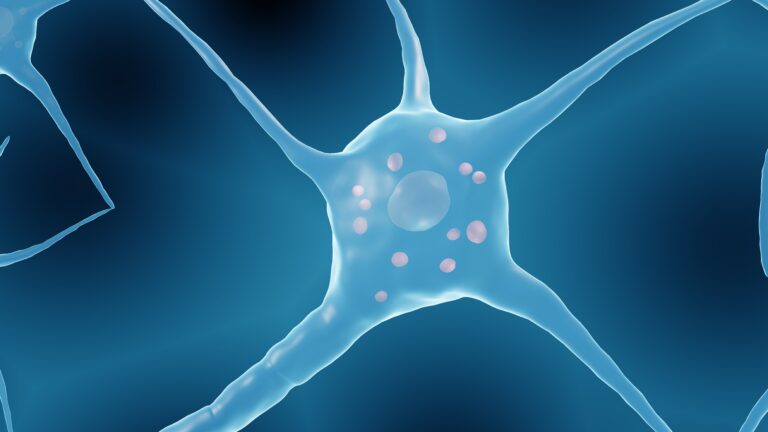Telepresence robots are a growing technological innovation that have the potential to greatly improve the quality of life for individuals with Alzheimer’s disease. These robots allow for remote communication and interaction with loved ones, caregivers, and medical professionals, providing a sense of connection and social engagement that is often lacking for those with Alzheimer’s.
What is Alzheimer’s Disease?
Alzheimer’s disease is a progressive brain disorder that affects memory, thinking, and behavior. It is the most common form of dementia, a group of disorders that result in a decline in cognitive function. Alzheimer’s is a degenerative disease, meaning that symptoms worsen over time as the brain cells degenerate and die.
One of the most challenging aspects of Alzheimer’s is the impact it has on communication and socialization. As the disease progresses, individuals with Alzheimer’s often experience difficulty in remembering names, recognizing faces, and understanding conversations. This can lead to feelings of isolation and loneliness, which can have a negative impact on their overall well-being.
How can Telepresence Robots Help?
Telepresence robots are mobile devices equipped with video and audio capabilities that can be controlled remotely. They typically consist of a screen, camera, microphone, and speakers mounted on a base with wheels. The user can control the movement and direction of the robot through a computer or smartphone application.
For individuals with Alzheimer’s, telepresence robots provide an avenue for social interaction and connection. The robots can be remotely controlled by family members or caregivers, allowing them to engage in face-to-face conversations with their loved ones who may be living in a different location. This can help bridge the distance between family members and create a sense of being together despite physical limitations.
Benefits of Telepresence Robots for Alzheimer’s Patients
1. Improved Communication: Telepresence robots allow for real-time communication, allowing individuals with Alzheimer’s to engage in conversations with their loved ones. This can help improve their cognitive function and memory as they exercise their communication skills.
2. Reduced Feelings of Isolation: Many individuals with Alzheimer’s experience feelings of loneliness and isolation due to their impairment in socializing. The presence of a telepresence robot can provide a sense of companionship and reduce these negative emotions.
3. Increased Independence: As Alzheimer’s progresses, individuals may become more reliant on their caregivers for daily tasks. Telepresence robots can give them a sense of independence by allowing them to move around and interact with their environment remotely.
4. Virtual Visits to Familiar Places: The mobility of telepresence robots allows them to be taken to familiar places, such as a favorite park or neighborhood, providing a sense of familiarity and comfort for the individual with Alzheimer’s. This can also trigger memories and improve their mood.
5. Monitoring of Daily Activities: Telepresence robots can be equipped with sensors to monitor daily activities of individuals with Alzheimer’s, such as eating and sleeping patterns. This information can be shared with caregivers and medical professionals, aiding in the management of the disease.
Limitations and Future Possibilities
While telepresence robots have the potential to greatly benefit individuals with Alzheimer’s, there are still some limitations. One major limitation is the cost, as these robots can be quite expensive and may not be accessible to everyone. Additionally, the technology is still in its early stages and there is room for improvement in terms of user-friendliness and features.
However, the future looks promising for telepresence robots in the care of individuals with Alzheimer’s. Researchers are exploring the use of artificial intelligence and facial recognition technology to improve the interaction between the robot and the individual with Alzheimer’s. This could potentially lead to personalized care plans and better communication between the robot and the user.
In conclusion, telepresence robots have the potential to greatly improve the quality of life for individuals with Alzheimer’s disease. They provide a way for remote communication and social engagement, reducing feelings of isolation and promoting independence. While there are still some limitations, the future possibilities of this technology are exciting and could greatly benefit those living with Alzheimer’s.





